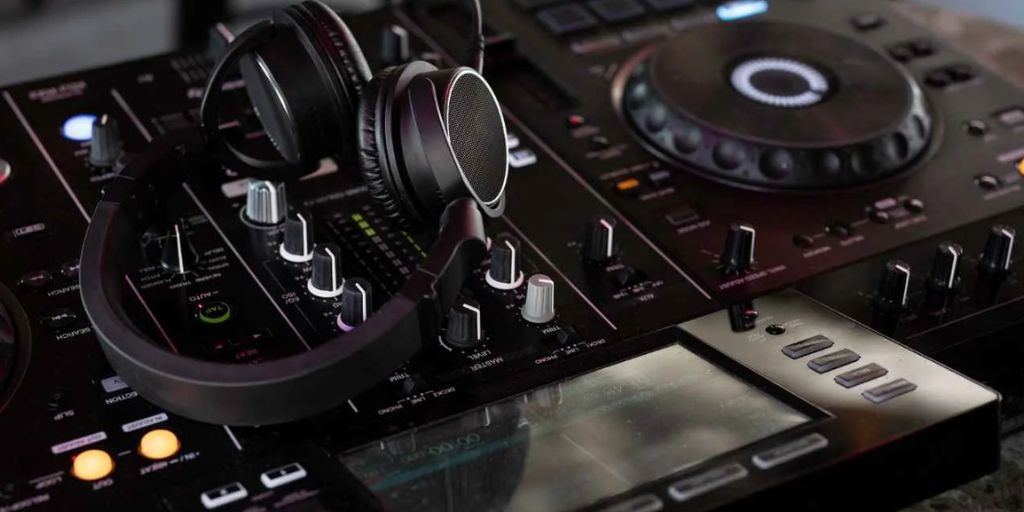The thrill of snagging a great deal on the latest gadgets is one of the best parts of tech shopping. Whether it’s Black Friday, Cyber Monday, Prime Day, or other seasonal sales, these events offer some of the year’s deepest discounts on smartphones, laptops, headphones, smart home devices, and more. But while the lure of low prices is tempting, it’s easy to get overwhelmed or make hasty purchases you’ll regret later.
To help you shop wisely and maximize your savings, here are expert tips for buying tech gear during sales—covering everything from preparation to purchase and post-sale follow-up.
1. Do Your Homework Before the Sale
One of the biggest mistakes shoppers make is diving into sales without a plan. The first step is research.
-
Identify what you really need: Make a list of tech items you want or need to upgrade. Are you looking for a new laptop, a smart speaker, or maybe wireless earbuds?
-
Compare specs and reviews: Once you know your target items, read expert reviews and user feedback. Sites like CNET, The Verge, and Wirecutter offer trustworthy opinions.
-
Know the regular price: Find out the usual selling price to recognize if the “sale” price is truly a bargain or just a marketing gimmick.
-
Set a budget: Decide how much you’re willing to spend before the deals start to avoid impulse buys.
2. Subscribe and Follow for Early Alerts
Many retailers offer exclusive early access or special deals to subscribers or followers on social media.
-
Sign up for newsletters: Brands like Amazon, Best Buy, and Newegg often send early sale notifications and exclusive promo codes via email.
-
Follow social media accounts: Twitter, Instagram, and Facebook channels of tech brands and deal sites post flash sales and limited-time offers.
-
Use deal alert websites/apps: Tools like Honey, CamelCamelCamel, and Slickdeals notify you when prices drop on your wishlist items.
This early intel gives you a head start to plan purchases and avoid sold-out situations.
3. Understand the Deal Types and Timing
Sales come in many forms, and not all discounts are created equal.
-
Percentage discounts: These are straightforward reductions off the listed price (e.g., 20% off).
-
Bundle deals: You might get free accessories bundled with a purchase (e.g., headphones included with a smartphone).
-
Doorbusters: Extremely low prices on limited quantities designed to attract traffic. These often sell out fast.
-
Coupons and promo codes: These require entering a code at checkout for extra savings.
-
Cashback and rebates: Some deals offer cashback via apps or mail-in rebates after purchase.
Knowing when these deals typically happen helps you time your purchase. For example, doorbusters often launch early in the day during Black Friday, while cashback offers might be available throughout the sale period.
4. Prioritize Essential Features Over Flashy Extras
Sales can tempt you with the latest model boasting every new feature, but it’s important to focus on what really matters to you.
-
Focus on usability: Does the device have the performance and features you actually need? For example, if you mostly browse the web and watch videos, you might not need the fastest processor or the highest megapixel camera.
-
Check for future-proofing: Features like 5G connectivity, the latest OS version, or expandable storage can extend your device’s usefulness.
-
Beware of older models: Sometimes the discount is on an outdated model with less value or shorter support lifespan.
5. Don’t Ignore Return Policies and Warranties
Even during sales, your consumer rights remain important.
-
Read the fine print: Some sale items are marked “final sale” or have limited return windows.
-
Check warranty coverage: Ensure the product comes with a manufacturer’s warranty and verify how to make a claim.
-
Consider extended warranties carefully: Sometimes these are worth it, but often they add unnecessary cost.
Knowing return and warranty policies helps you shop confidently without risk.
6. Use Price Tracking Tools and Shopping Extensions
Technology can assist you in finding the best deal in real time.
-
Browser extensions: Tools like Honey, Rakuten, or Keepa automatically apply coupon codes and track price history.
-
Compare multiple sellers: Sometimes third-party sellers on Amazon or marketplaces like eBay offer better prices.
-
Set price alerts: If you’re not in a hurry, set alerts to wait for the price to drop to your target.
7. Watch Out for Fake or Refurbished Products
Not all deals are legitimate, especially on third-party marketplaces or less known websites.
-
Buy from reputable sellers: Stick to official brand stores or well-known retailers.
-
Check product descriptions: Watch for “refurbished,” “open box,” or “used” labels if you want a new product.
-
Read seller reviews: Poor ratings or lack of reviews can be red flags.

8. Plan Your Checkout Strategy
During major sales, websites can become slow or even crash due to heavy traffic.
-
Create accounts ahead: Register accounts on retailer sites and save your payment/shipping info for faster checkout.
-
Use multiple devices or browsers: If a deal is in high demand, this can increase your chances.
-
Stay logged in: Don’t wait until the last minute to log in or enter your details.
-
Use reliable payment methods: Credit cards with fraud protection and payment apps like PayPal are safe and often faster.
9. Be Flexible but Patient
If a deal you want sells out, don’t panic.
-
Check back frequently: Some retailers restock or release new flash sales during the event.
-
Consider alternatives: Similar models or brands might be on sale.
-
Wait for post-sale markdowns: After the peak sale period, prices sometimes drop further.
10. After the Sale: Review Your Purchases
Once your new tech gear arrives, take time to:
-
Test everything thoroughly within the return window.
-
Register your devices with the manufacturer for warranty and updates.
-
Keep all receipts and emails in case you need support or refunds.
-
Monitor price drops: Some retailers offer price adjustments if the item goes on sale shortly after your purchase.
Final Thoughts
Buying tech gear during sales can be exciting and rewarding if done thoughtfully. With preparation, research, and patience, you can avoid common pitfalls like overspending, buying unnecessary features, or falling for fake deals. Use the right tools, know what to look for, and focus on your real needs to turn sale season into a time of smart savings.




